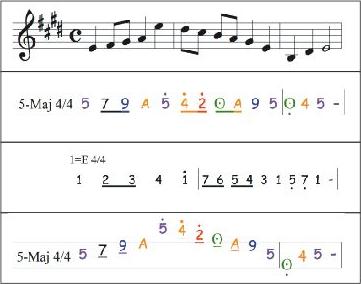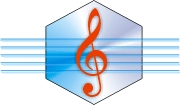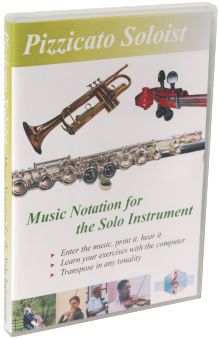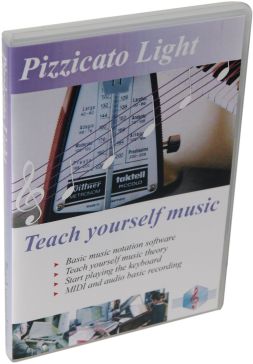Alternative Notation
- Easy to read
- Easy to learn
- No sharp, no flat
- Easy to sing
- Easy to transpose

Explore Alternative Music Notation Systems Based on Numbers
- Beside what we commonly call Standard Music Notation, there are several other ways to represent music on a sheet of paper. As early as 1743, Jean-Jacques Rousseau developed a new music notation system that was more logical and easy to use for beginners.
- With this software, explore various alternative music notation systems, like HMN-Jianpu, Standard Jianpu and a few others.
- Customize the symbols and colors assigned to the notes, so as to design your own alternative notation system.
- The purpose is to represent the 12 notes (C, C#, D, D#, E, F, F#, G, G#, A, A# and B) that correspond to one octave of the music keyboard (7 white keys and 5 black keys) with 12 different symbols, so as to make it easier to learn, play and/or transpose.

- Enter the music directly in alternative notation as well as in standard notation by using the shortcuts for notes and rhythms.
- Combine with any MIDI keyboard connected to the computer or use the on screen music keyboard.

- Display both alternative notation and standard notation next to each other.
- Enter the lyrics, text blocks and other music symbols.

- Print the music, export it to PDF, MIDI, MusicXML and audio.
- One of the advantages is that a melody will avoid the difficulty of the key signature when it is transposed.
- Transposition is done simply by adding a fixed value to the melody.
- In Jianpu, number "1" refers to the tonic of the scale and a melody is always the same series of numbers in all tonalities.
- You will find a detailed description of this module here :
www.arpegemusic.com/manual36/EN284.htm
Order Alternative Notation Now!

Top of page
©
Copyright 2000-2024 - Arpege sprl
All rights reserved for all countries
Pizzicato is a trademark owned by Arpege sprl
All rights reserved for all countries
Pizzicato is a trademark owned by Arpege sprl







































